The debate around design as a profession is more relevant than ever, and I’ve been receiving a lot of feedback from you. I’d love to hear more - so feel free to share your impressions, stories, or requests. You can reach me here, via email, Instagram, or LinkedIn.
People often say the design community is cold and unwilling to share, but I don’t think that’s true. We’re all here, engaging with each other, proving that the right conversations can make a difference.
Time management as a tool for growth
This week, I met with a friend who is organizing a festival on new professions, and we had an interesting discussion: most freelancers - not just designers - struggle with time management. They are so immersed in their work that they have no time for anything else.
If you’re making good money, that’s a choice: sacrificing time to earn more. But if you’re not satisfied financially and feel overwhelmed, something is definitely wrong.
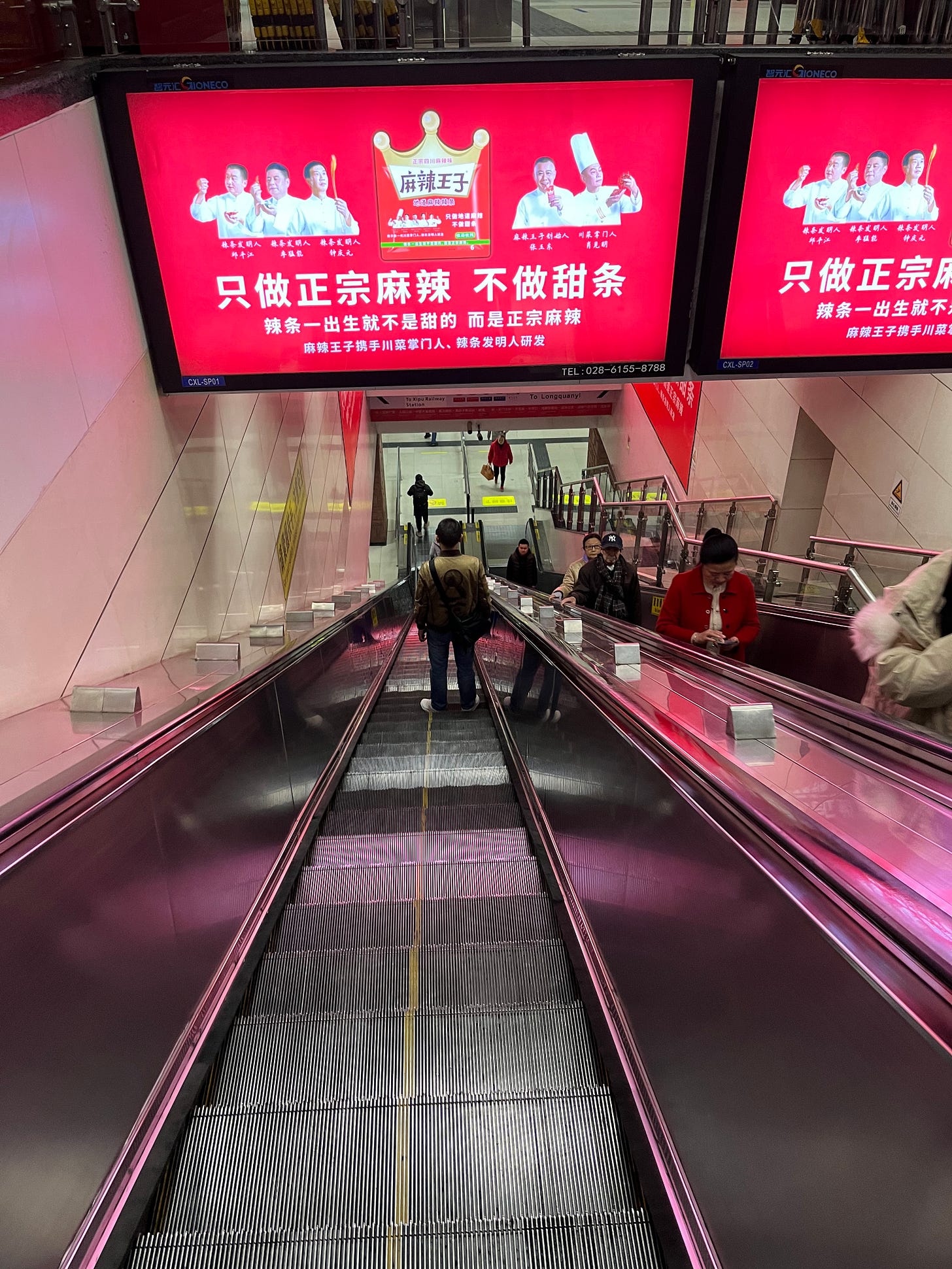
There are countless factors that can influence time management and productivity. For instance, I’m writing this from a small city in central Italy rather than Milan or London, which naturally impacts how I operate. However, I won’t cover every factor today - just a few fundamental principles.
____
This is just the beginning. If you’d like more details on specific topics, help me out by:
- hitting the 🤍 button like there’s no tomorrow;
- sharing this with your friends;
- asking for more. Don’t be shy, I love connecting!
____
The golden rule of capitalism says: 8 hours of sleep, 8 hours of work, 8 hours of free time.
I’m not a huge fan of this structure, but let’s start there. The goal, after all, is to work less - but that’s another conversation.
So here’s an example of how I organize my 8-hour workday across a 5-day week.
This structure took me years to develop. I’ve read countless books about how to be a better professional, and I couldn’t accept that my workflow was so random. One book that truly helped me organize my approach is How to Run a Successfull Design Business by Shan Preddy. Highly recommended.
I divide my working hours in 4 parts:
- work;
- research;
- connection;
- formation.
Work
This is the real work - the part you get paid for right now (or very soon).
For me, that means consulting, 3D modeling, or designing for a client. It’s the part that generates immediate income, allowing me to continue doing what I love. Ideally, I try to minimize this, but let’s be real, it’s necessary in any business, whether you’re a freelancer, a manager, or a CEO.
I used to work 8 hours a day just doing this until I realized something: I was already skilled in the technical aspects, and it was time to increase the value of my work and find new opportunities.
Today, I aim for 4 hours of paid work per day. This doesn’t mean earning less—it means making my 4 hours as valuable as possible. The goal is that those 4 hours are worth 8, 16, or even 32 hours of work from someone with less expertise or lower market value.
And trust me, being experienced does not automatically make you valuable to others, especially in design.
Research
How do you increase your value? This is the answer.
Not all of us are lucky enough to be paid for research, so we have to do it ourselves. (There a good example of one who does, Jamie Wolfond, I wrote about him on an article for Design Wanted, feel free to check it out).
Design is a journey, and we need to explore constantly - finding new ways to improve and increase the value of our work. Every big company has an R&D department to stay competitive, and as independent designers, we need to do the same and in our own way.
For me, my research focuses on two main areas:
- exploring product categories I’ve never designed before;
- finding new ways to share my work.
I dedicate 2 hours a day to this, but if my workload allows, I shift more time here. Everything I know, and how I work, comes from this research.
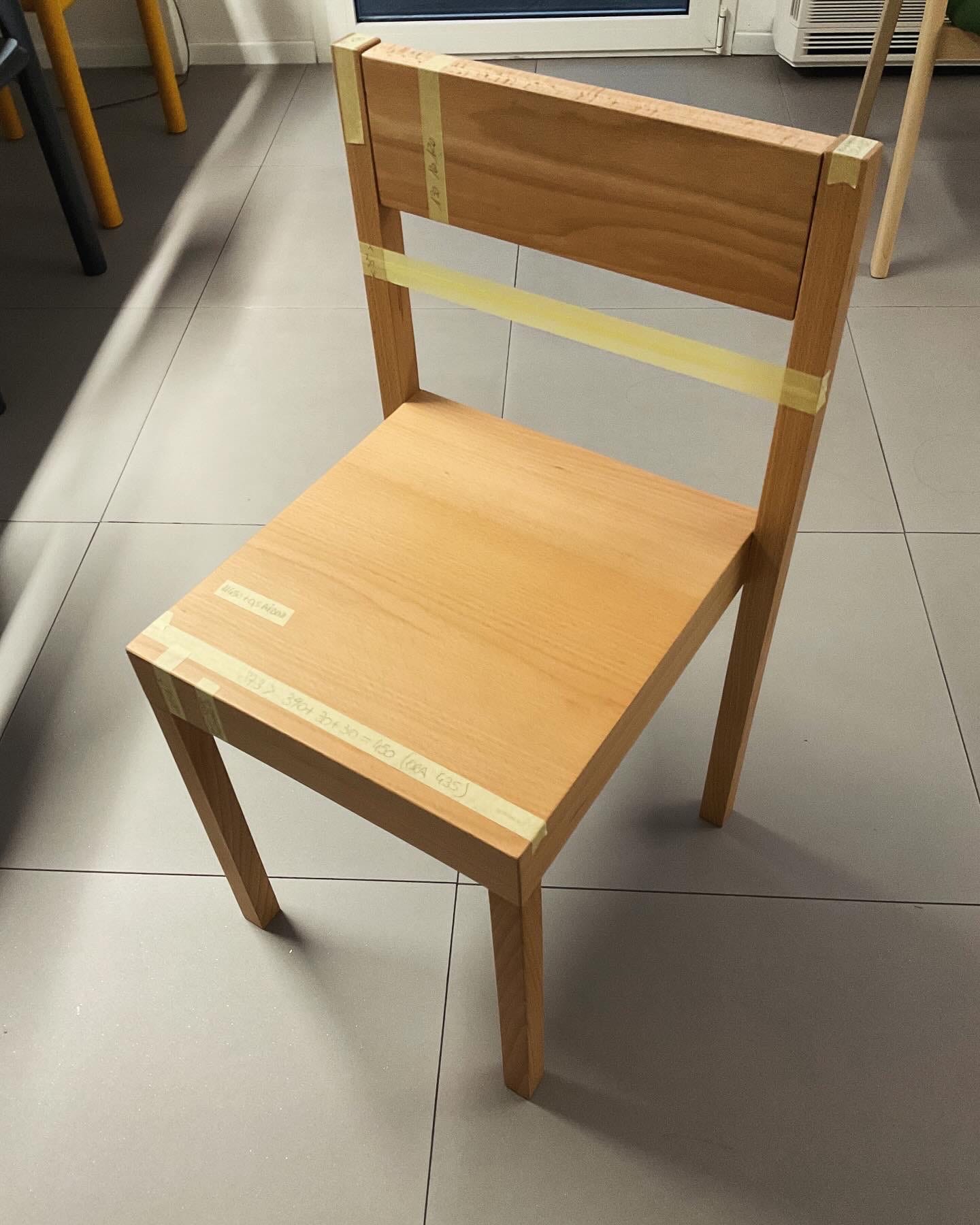
Connection
This is what I’m doing right now - connecting with you.
I do this by writing newsletters, posting on social media (LinkedIn, Instagram), and contributing to blogs (I think you noticed that I’m a regular writer for Design Wanted).
Writing is my method, but others network differently—attending meetings, visiting clients, etc. Since I’m not based in a major design hub, writing is the best way for me to connect with people. And ever since I started doing it regularly, I’ve received more invitations to in-person meetings as well.
It’s essential, but it’s not my main job—so I dedicate 1 hour a day or sometimes a full day per week.
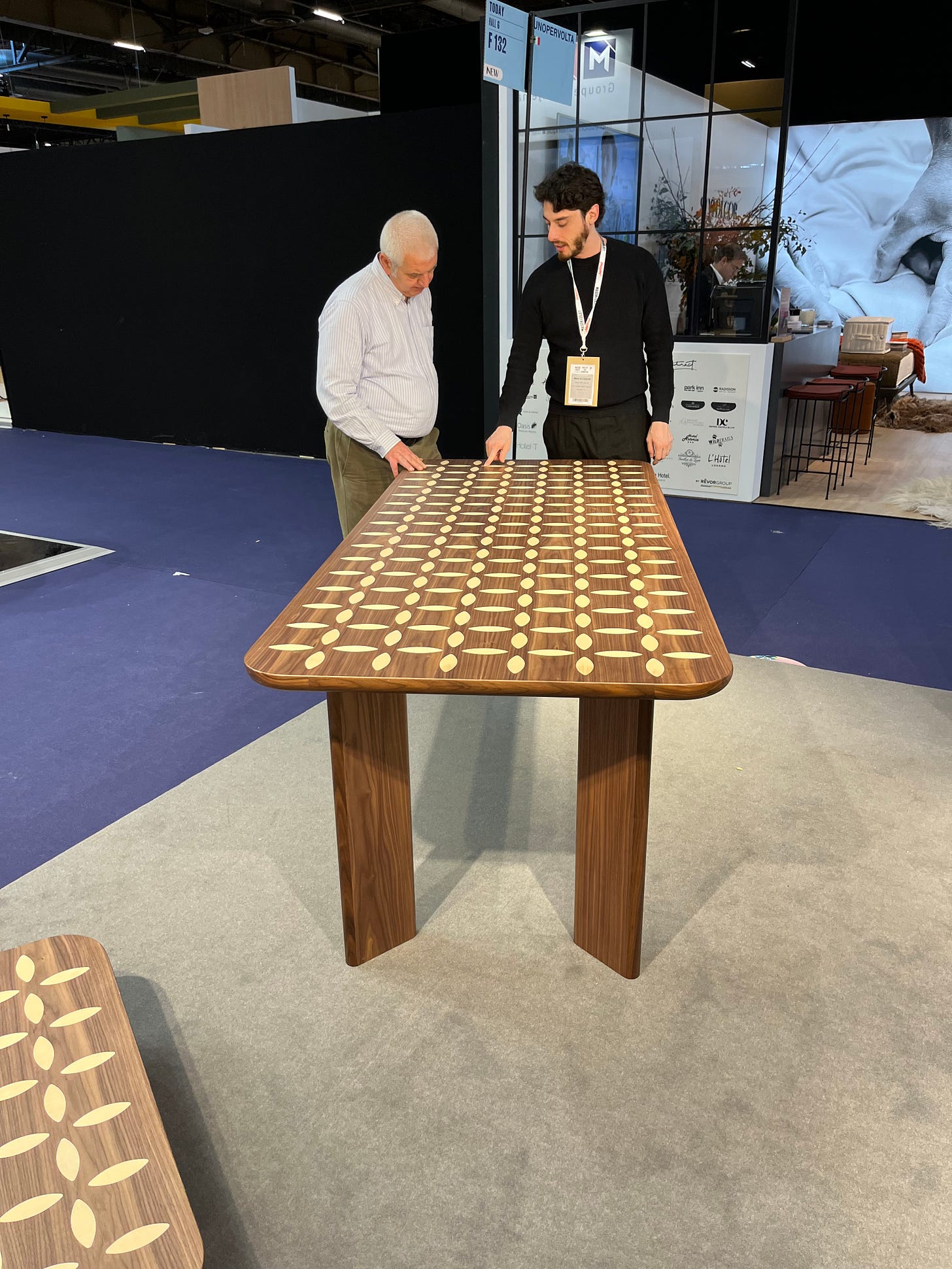
Formation
Never forget—learning new things leads to new skills.
If you stay in one place for too long, you risk becoming that old-school professional who has no clue where the world is going.
So I dedicate a small part of my day to learning from others. It could be a book, a course, or anything that expands my knowledge. It doesn’t even have to be directly related to design.
Want to manage your finances better? Read a book. Take a course. (Or check out my January newsletter).
For example, right now I’m focused on AI for industrial design—trying to understand how it can truly help my work without losing my personal touch.

So my ideal schedule today is:
⏳ 4 hours → Work
🔬 2 hours → Research
🌐 1 hour → Connection
📚 1 hour → Learning
This is my balance, but you should find your own. I adjust it depending on my workload and energy levels.
What’s your ideal schedule? Share it in the comments! And don’t forget to hit the 🤍 button!
Studio life
Last week, I was invited as a guest lecturer at UNICAM (well organized by Manuel Scortichini) for the book launch of Just Enough – Design Microstories by Prof. Carlo Vannicola. It was an amazing event, and I loved discussing design with a different generation.
New topics for Design Wanted are coming soon! This year, I’ll be covering four major themes, each explored through key contemporary designers. Next time, I’ll reveal the topics!
New projects: Since most of my client work is under NDA, I’ve decided to start new independent projects during my research hours (see above). I’ll be fully transparent about the process—sharing videos, photos, and updates online.
Is this a good idea? Let me know in the comments!
Things to read
My latest article on Marcantonio is out!
Many consider him a purely decorative designer, but I argue that he’s actually minimalist in concept. Minimalism isn’t just about shape—it’s about thought. Read my full analysis on Design Wanted:
"Marcantonio’s Maximalist Minimalism: Breaking Rules in Design"
Book recommendation: Just Enough – Design Microstories by Carlo Vannicola
I prepared for the UNICAM talk by reading this book, and it’s fantastic. The “microstories” are the perfect length for a blog post but written with the depth and elegance of an architecture/design magazine - without the constraints of SEO (you know, that necessary evil).
A design I like
Archibald Sofa by Jean-Marie Massaud for Poltrona Frau
Sometimes, as designers, we get obsessed with concepts and problem-solving. But beauty? Beauty just speaks for itself.
Some designs don’t need analysis. They create empathy simply by being beautiful. Like music—you don’t need to be a composer to enjoy it.
Archibald is one of those designs. I can’t break it down - I just appreciate it as a human being.
📣 Please join me in spreading the word—not only to share these insights, but also to inspire others to do the same.
The more of us there are, the better it is!
Cheers!
Mario
In case someone has forwarded this email to you, subscribe and join the community of Designer From Nowhere.








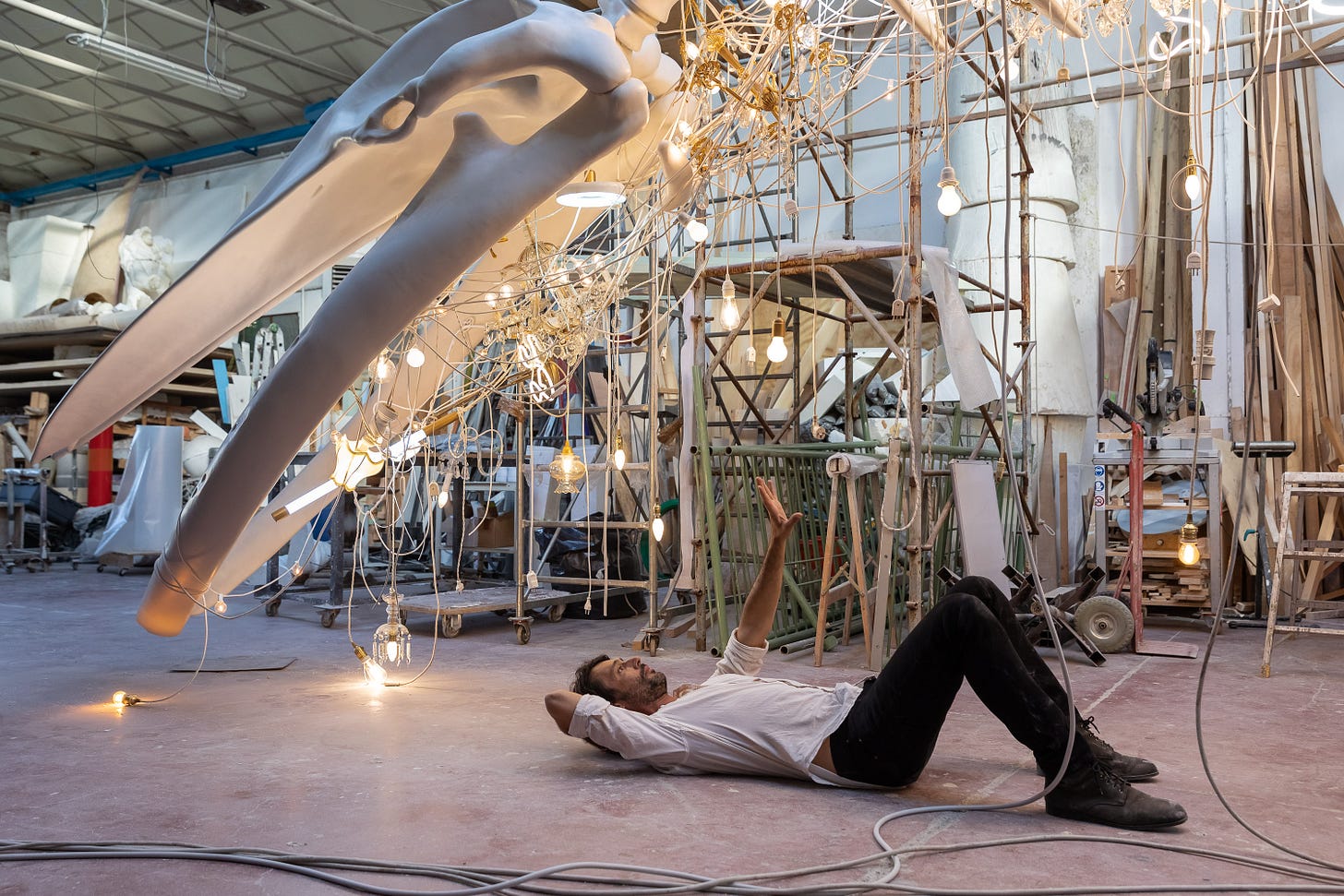
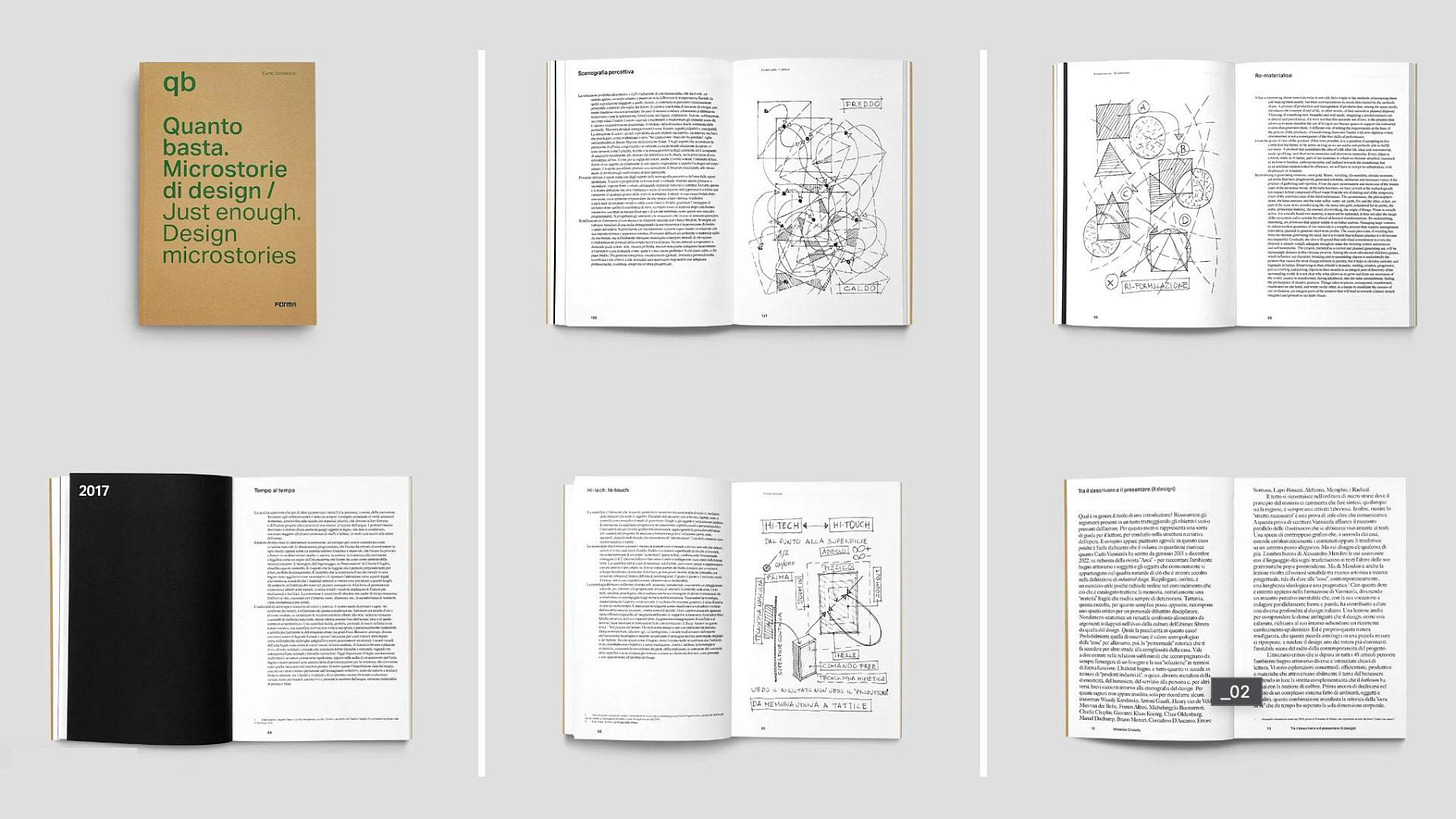
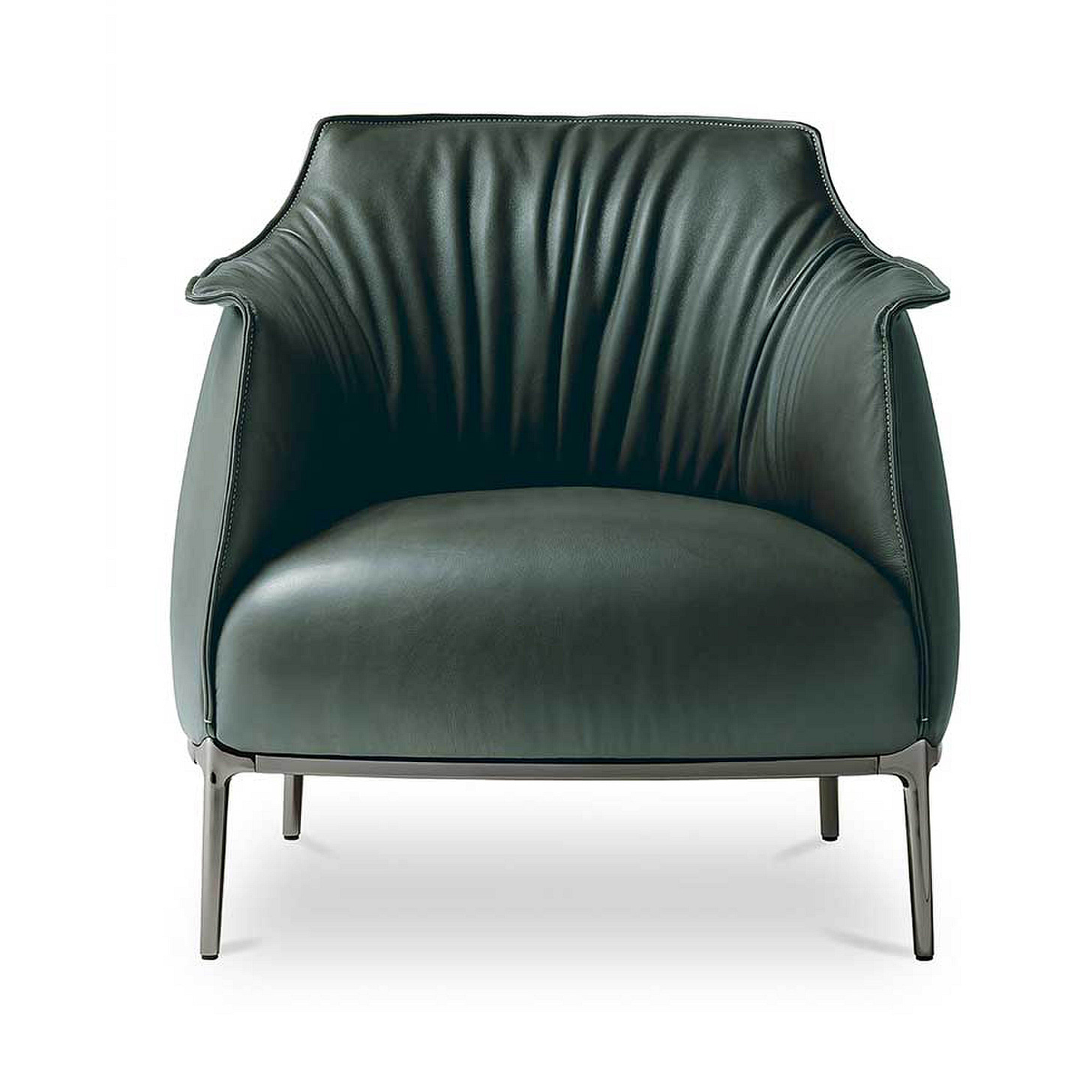
Insightful and straight to the point as always. Grazie!